Croatia vs. Amalfi Coast: Which Sailing Destination is Right for You?
When it comes to Mediterranean sailing, Croatia and the Amalfi Coast are two destinations that often come up for comparison. Both offer stunning views, rich history, and unique sailing experiences, but they cater to different preferences. Croatia’s coastline is known for its numerous islands, rugged terrain, and more laid-back atmosphere, while the Amalfi Coast boasts a dramatic, picturesque coastline with a more refined, luxury-driven experience.
In this article, we’ll compare the two from a sailor’s perspective, focusing on what each destination offers in terms of sailing routes, anchorages, atmosphere, and overall experience. Whether you prefer the flexibility of island-hopping in Croatia or the scenic beauty and luxury of the Amalfi Coast, both have something distinctive to offer the discerning sailor.
The Croatian Archipelago
Sailing in Croatia doesn’t have a start or finish line, it’s a continuous journey of discovery. There’s no single must-follow itinerary because the beauty of this country lies in its flexibility.
You could sail from Split and be in Hvar within a few hours, then hop over to the wine-rich island of Vis, anchor in a secluded bay on Mljet, and finally drift down toward Dubrovnik, all in the span of a week. Or you could start further north in Zadar, navigate the rugged Kornati Islands, and make your way through untouched stretches of the Adriatic where the modern world feels miles away.
The freedom of movement in Croatia is what makes it so special. Unlike the Amalfi Coast, where the next town is often just a few nautical miles along the same coastline, Croatia lets you completely switch environments, atmospheres, and even microclimates just by choosing a different route.

Bol, Brač Island
In Croatia, islands are not just sailing destinations; they are entire worlds of their own. Here, you don’t just “stop by” an island; you become part of its daily rhythm. Hvar is the Croatian answer to Saint-Tropez, elegant, buzzing, and filled with stylish bars and waterfront restaurants.
Vis is its opposite: remote, peaceful, and steeped in history, with an underground submarine tunnel from its days as a military island.
Mljet is where the Adriatic turns into a lush, green sanctuary, a place where you can kayak through saltwater lakes and anchor in the middle of a national park.
Kornati National Park is a sailor’s dream, a raw, lunar landscape where civilization is reduced to a few stone houses and the occasional konoba (local tavern) that serves grilled fish fresh off the boat.
No two islands are alike, and that’s what sets Croatia apart. You can wake up in a medieval town, have lunch anchored in a remote cove, and spend the evening moored in a buzzing harbor, all within a single day’s sail.
Another thing that makes Croatia unique is its abundance of anchorages. Unlike Italy’s Amalfi Coast, where deep waters make anchoring difficult, Croatia’s coast is full of protected bays, small fishing villages, and quiet inlets where you can drop anchor for the night. Some of the sailor`s favorite anchorages?
Zaklopatica Bay (Lastovo Island): Feels like you’ve stepped into a lost world. There’s one taverna, a handful of boats, and nothing but sea and sky for miles.
Tatinja Bay (Šolta Island): Home to Lonely Paradise, a restaurant accessible only by boat, where they slow-cook meat and seafood under a cast-iron dome for hours. Proizd Island (near Korčula): Crystal-clear waters, no buildings, just nature's purest form.
There are numerous reasons to sail in Croatia!
View this post on Instagram
The Amalfi Coast: Beauty at a Price
While Croatia is about exploration, the Amalfi Coast is about soaking in the vibes of one of the most iconic destinations on Earth. Here, the experience isn’t about hopping between islands, it’s about luxuriating in a single, continuous spectacle. Imagine sailing past cliffs stacked with pastel-colored villas, terraced lemon groves, and domed cathedrals that have stood for centuries.
The Amalfi Coast is a cinematic journey, and every town along the way feels like stepping into a different scene from a classic Italian film. Unlike Croatia’s flexible island-hopping, sailing the Amalfi Coast is a more linear experience.
It usually begins in Naples, where the shadow of Vesuvius looms over a city buzzing with life. The route moves to Procida, a small island where pastel-colored houses stack above a quiet fishing harbor, untouched by mass tourism. The anchorage is peaceful, the kind where the only sounds are lapping waves and the occasional call of a fisherman heading out at dawn. Next comes Ischia, an island full of hidden surprises. Tucked near the port, a cave-turned-winery offers refuge from the heat, its cool air carrying the rich aroma of barrel-aged reds. Here, time slows as glasses are poured, and the true essence of southern Italy reveals itself, simple, authentic, unforgettable.
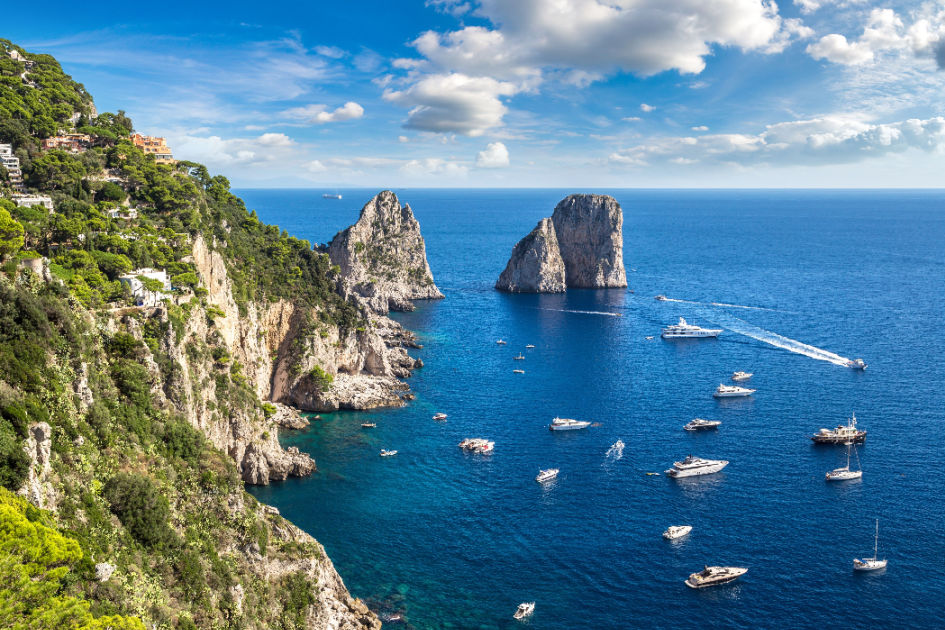
Capri, Italy
Capri is its dead contrast. The harbor is a battleground of superyachts and wooden fishing boats, where securing a spot feels like a victory. Once ashore, the chaos of Piazzetta, the shimmering Blue Grotto, and cliffside villas remind why this island has captivated visitors for centuries. Sailing onward, Sorrento rises like a fortress from the sea. The cliffs are so high, they make even the largest yacht feel insignificant. And then comes Positano, a town seemingly tumbling into the water. At sunset, its beauty is unmatched—but anchoring here can quickly turn the dream into a sleepless night. Speed Boats and ferries turn the water into a relentless swell, testing the patience of even the most seasoned sailors. By morning, exhaustion lingers, but so does the undeniable magic of the Amalfi Coast.
Although it offers many traps, the Amalfi Coast is without doubt built for scenic cruising, not budget sailing. Anchoring is difficult due to deep waters and protected areas. Most sailors must rely on expensive marinas or mooring buoys (€200-€800 per night) and in places like Capri or Amalfi, finding a spot at all is a challenge, especially in peak season. Unlike Croatia, where wild anchorages let you spend nights under the stars in total solitude, the Amalfi Coast is about docking, stepping off the boat, and immersing yourself in the Italian way of life.
While Croatia offers freedom and variety, the Amalfi Coast offers drama, beauty, and indulgence. Instead of discovering hidden anchorages, you’re gliding past some of the most celebrated landscapes in Italy.

Positano
Beaches & Snorkeling: Which has better water?
Croatia is not famous for sandy beaches, but don’t let that fool you. The country’s coastline and islands are filled with hidden coves, turquoise waters, and smooth pebbled beaches that feel like the Caribbean.
Best Beaches in Croatia for Sailors:
- Stiniva Beach (Vis) – A secluded cove surrounded by towering cliffs, accessible only by boat.
- Sakarun Beach (Dugi Otok) – One of the few white-sand beaches in Croatia, with shallow, crystal-clear water.
- Proizd Island (near Korčula) – Often ranked among Europe’s most beautiful beaches, with fluorescent blue waters.
- Šunj Bay (Lopud) – A rare sandy beach, perfect for swimming and snorkeling.
As for Snorkeling in Croatia, the underwater world is rocky, clear, and full of marine life. If you're lucky, expect to see octopuses, starfish, colorful fish, and the occasional dolphin.
If Croatia is about finding hidden bays, the Amalfi Coast is about admiring the cliffs from the deck. Most of the coastline is steep and rocky, with deep waters, meaning fewer swimmable beaches. Generally, swimming while cruising the Amalfi coast is last on the list of priorities. Even though there are a few, most of the time it is volcanic sand that doesn't provide the sense of luxury.
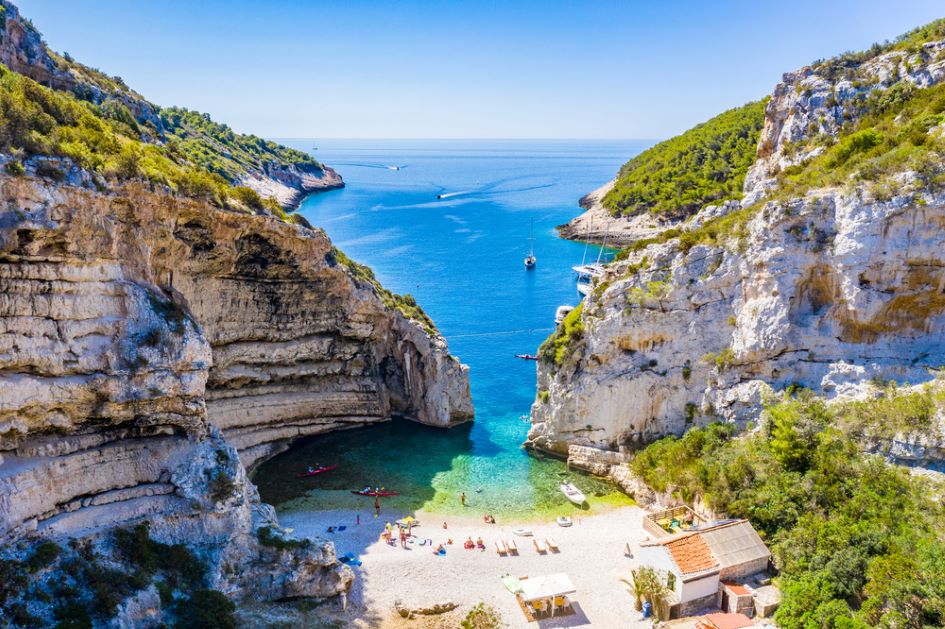 Stiniva Cove, Vis Island
Stiniva Cove, Vis Island
Best Beaches Along the Amalfi Coast:
- Marina Piccola (Capri) – A small but glamorous beach with views of the famous Faraglioni rocks.
- Spiaggia di Atrani – One of the few proper beaches along the Amalfi Coast, with soft sand and colorful fishing boats.
- Fiordo di Furore – A tiny beach between dramatic cliffs, accessible only by boat.
As for snorkeling, the water is deep and clear, but the rocky seabed doesn’t support much marine life. Snorkeling is not a highlight here, but there are incredible spots like the Blue Grotto in Capri and underwater caves near Positano.
If you want secluded swimming spots, crystal-clear waters, and excellent snorkeling, Croatia wins. The Amalfi Coast is stunning, but it’s better suited for scenic sailing ¸than swimming or underwater exploration.

Spiaggia di Atrani, Amalfi Coast
Food & Wine: Rustic vs Refined
Must-Try in Croatia:
- Peka – A slow-roasted dish of lamb or octopus, cooked under a metal dome with potatoes.
- Black Risotto (Crni Rižot) – Cuttlefish ink gives this dish a rich umami flavor.
- Dalmatian Prosciutto – A smoky, air-dried ham that pairs perfectly with local cheese.
- Croatia’s Plavac Mali - Red wines are very good, especially those from the Pelješac Peninsula. The country also produces fantastic whites, particularly Pošip and Malvazija.

Traditional Croatian Peka dish, can be made with fish or meat
Must-Try Dishes Along the Amalfi Coast:
- Spaghetti alle Vongole – Perfectly cooked pasta with fresh clams, garlic, and white wine.
- Limoncello – The iconic lemon liqueur of the Amalfi Coast.
- Naples-Style Pizza – Just next door to Amalfi is Naples, the birthplace of pizza. Enough said.
- Wines - We can praise Croatian wines as much as we want but Italian wines are another world.

Traditional Italian Food
Sailing in Two Worlds: Pros and cons
Sailing in Croatia
Pros:
Island-Hopping Paradise: Croatia is perfect for sailors who love exploring. With over 1,200 islands, each with its own personality, there’s always something new to discover.
Affordable Anchorages: Although marina fees are substantially higher than in Greece, still many anchorages are free or offer inexpensive mooring buoys compared to the Amalfi.
Authenticity: Croatia has retained much of its authenticity. Islands like Vis and Mljet offer a real, untouched Mediterranean feel.
Variety of Experiences: From party hotspots like Hvar to tranquil, nature-filled islands like Kornati, Croatia caters to a wide variety of tastes and sailing styles.
Pristine Waters: The Adriatic Sea offers some of the clearest waters in the Mediterranean, perfect for swimming, snorkeling, and diving.
Sheltered bays: No matter how strong or persistant the wind and the swell are, there is abundance of sheltered bays, swimming spots and tranquill coves.
Less Crowded (Outside High Season): Croatia’s islands are less crowded than the Amalfi Coast, especially if you sail during shoulder seasons.
Cons:
Limited Infrastructure: While growing, Croatia’s maritime infrastructure (especially outside major cities) can be less developed than other Mediterranean destinations.
Busy Marinas: Some popular spots, like Split, Dubrovnik, Hvar can be overrun by tourists, making it harder to find a peaceful experience in peak season.
Not as Glamorous: If you’re looking for luxury, Croatia isn’t as famous for high-end resorts or fine dining as the Amalfi Coast.
Slightly More Challenging Navigation: While Croatia is relatively easy to navigate, some islands, like Kornati, can be tricky due to their rocky coastline and often unpredictable winds.
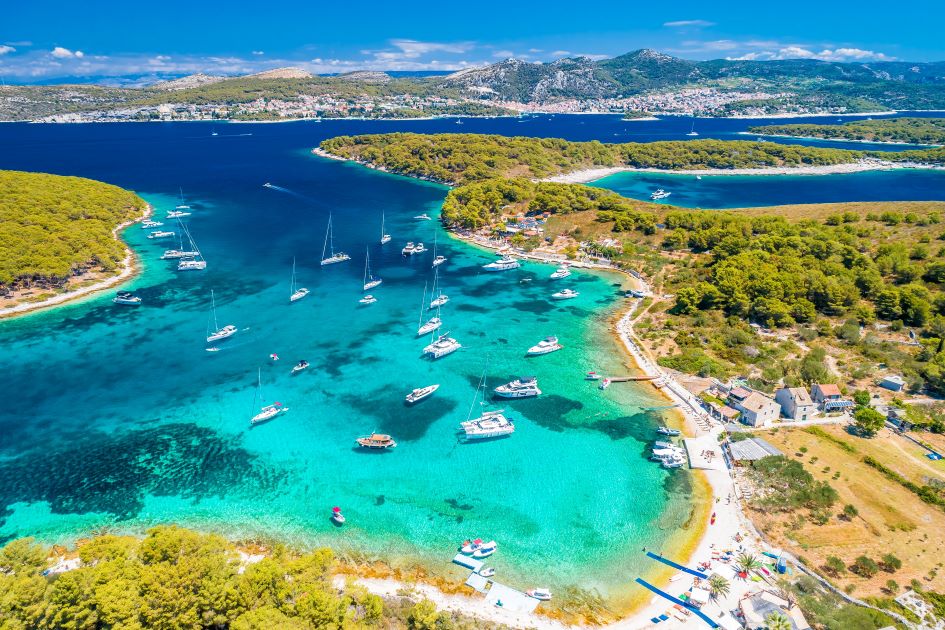
Hvar & Pakleni Islands, one of the most popular sailing destinations in Croatia
Sailing the Amalfi Coast
Pros:
Iconic Scenic Beauty: The Amalfi Coast is renowned for its breathtaking beauty—cliffs, colorful towns, and crystal-clear waters. It’s a feast for the eyes from every angle.
Glamorous Vibe: The Amalfi Coast has a more luxurious, high-society feel. Towns like Positano and Capri offer upscale shopping, fine dining, and extravagant views.
Excellent Mooring Facilities: While more expensive, mooring buoys and marina facilities along the Amalfi Coast are very well-maintained, making it easier to dock your yacht.
Rich Culture and History: The Amalfi Coast offers rich cultural and historical experiences, from ancient towns to impressive cathedrals and vineyards.
Great for Culinary and Wine Lovers: Italy’s cuisine and wine are world-famous, and the Amalfi Coast offers incredible fresh seafood, pasta, and wines like the region’s famous limoncello.
Cons:
Expensive Mooring & Marina Fees: Mooring along the Amalfi Coast can be exorbitantly expensive, with some marinas charging upwards of €400+ per night, especially in high season.
Limited Anchoring Opportunities: Due to deep waters and protected areas, anchoring is often not an option, and sailors must rely on costly mooring buoys.
Extremely crowded During High Season: The Amalfi Coast is a hotspot for tourists, especially in summer, meaning crowded anchorages, busy towns, and long lines at famous sites.
More Restrictive Sailing: The Amalfi Coast isn’t as conducive to island-hopping and open exploration. The coastline is shorter and more developed, limiting your ability to find hidden gems or secluded spots.
Nighttime Discomfort: Due to busy ferries, luxury yachts, and speedboats, sailing and anchoring in places like Positano can result in rough nights on the water, disrupting sleep.
No shelter: If the northwesterly winds properly picks up, run and hide as the hell can break luce. Sometimes, you cannot move for days. The stunning Amalfi cliffs are there for a reason.

Amalfi Coast
So which should you choose?
For sailors who love exploring new places, discovering untouched islands, and anchoring in solitude → Croatia is the dream.
For those who prefer scenic cruising, indulging in fine dining, and experiencing Italy’s most glamorous coastline → The Amalfi Coast is unbeatable.
Ultimately, both offer unforgettable journeys, but only one will match your sailing style. The real question is: are you seeking adventure or elegance?
No matter which destination you choose, Croatia or the Amalfi Coast, we’re here to help you find the perfect yacht for an unforgettable sailing adventure!
Ready to set sail? Contact us today to find the perfect yacht for your dream Mediterranean journey!





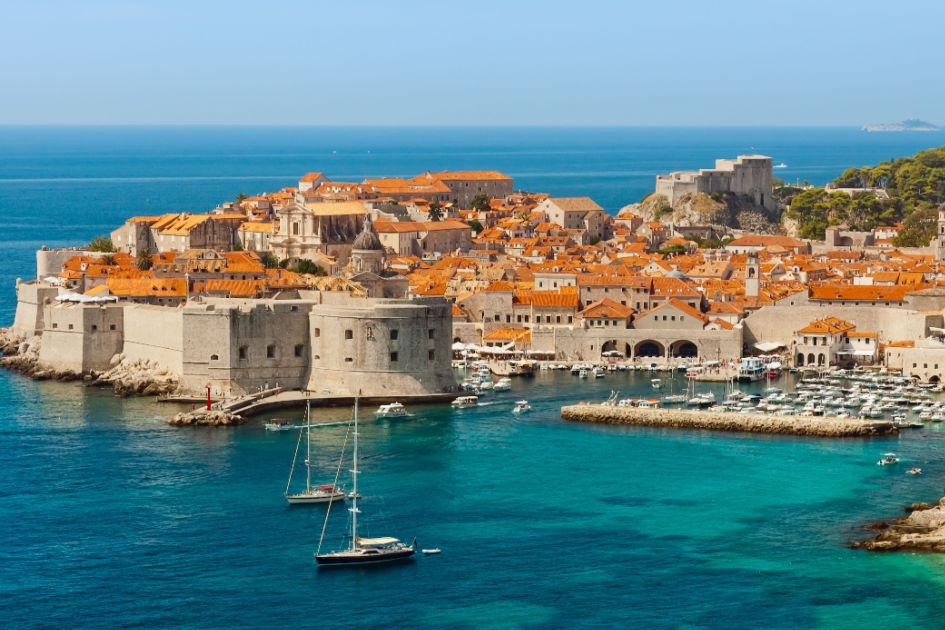
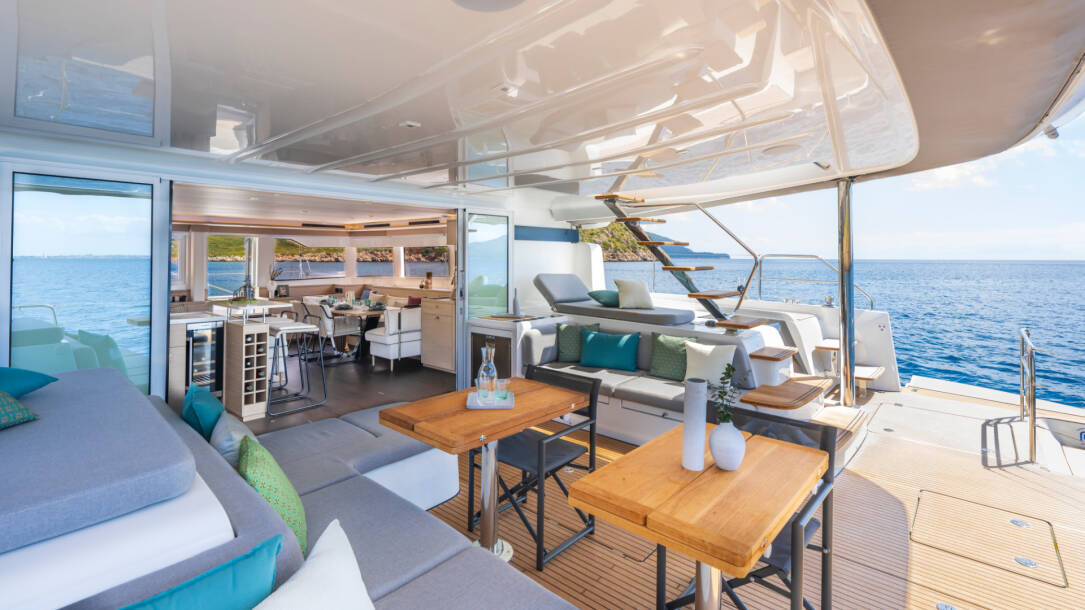
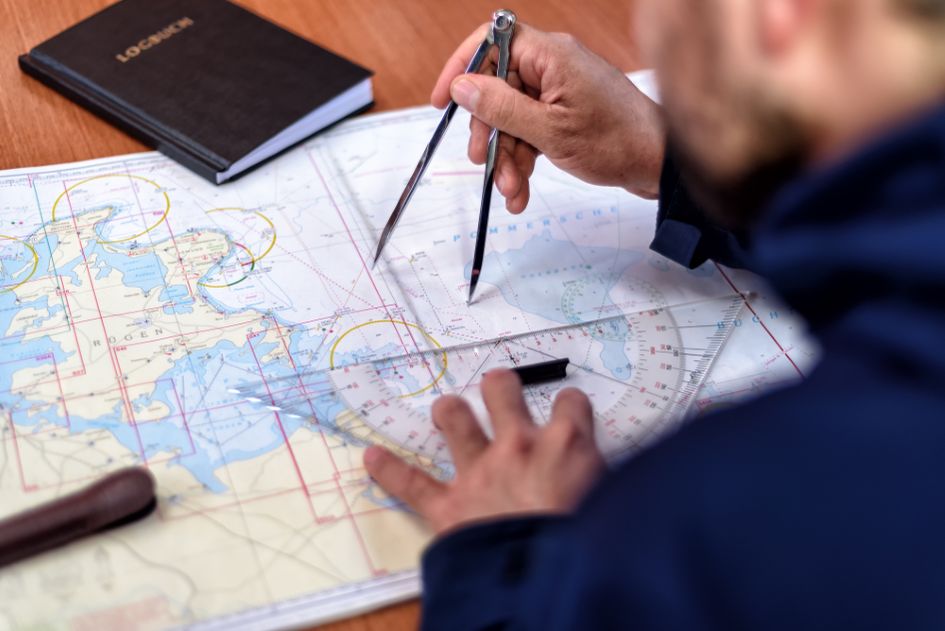
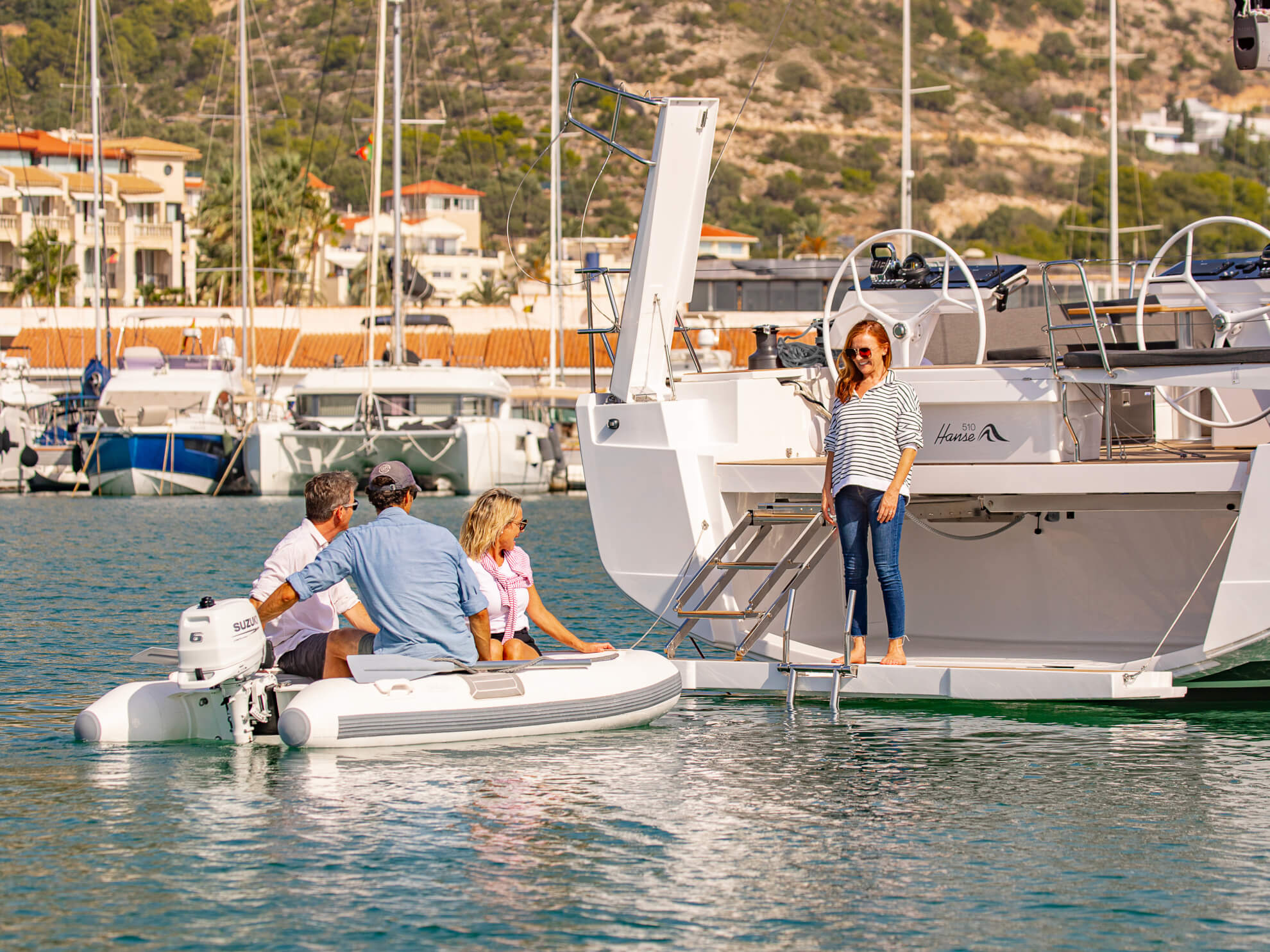
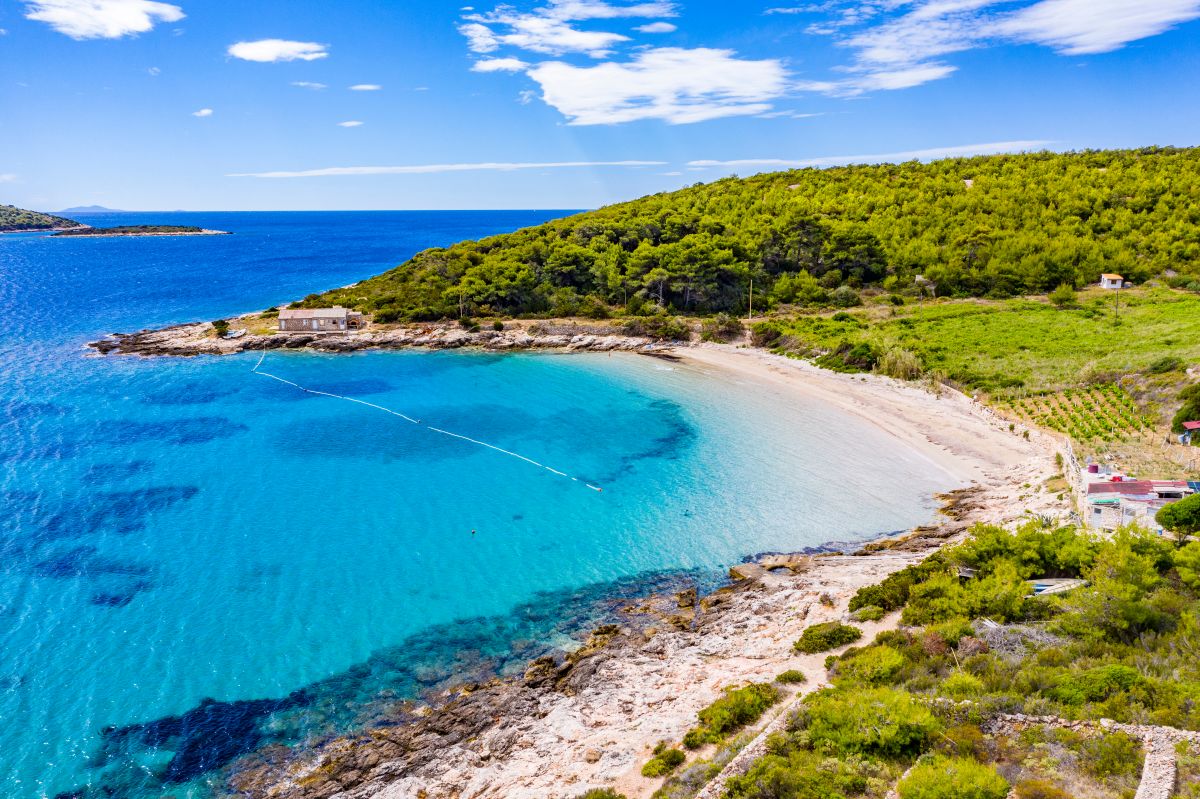

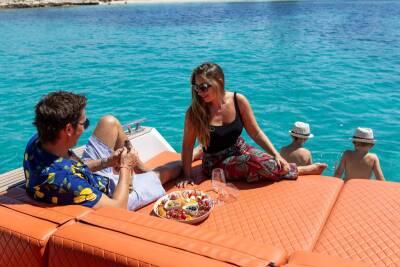
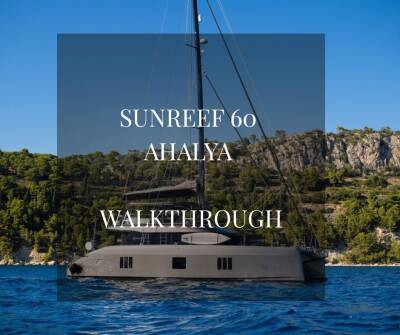
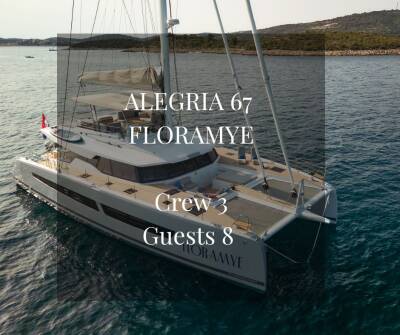
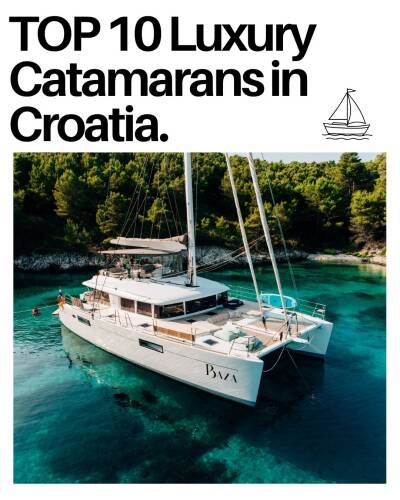
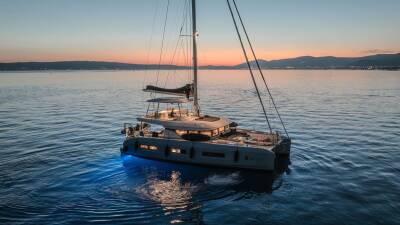
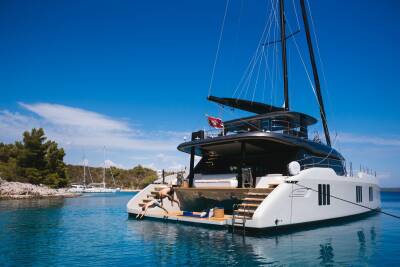
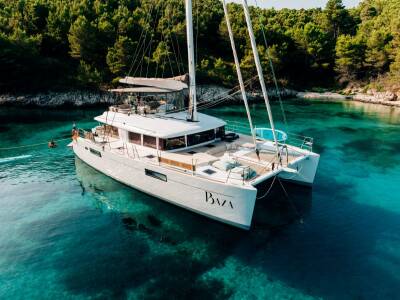
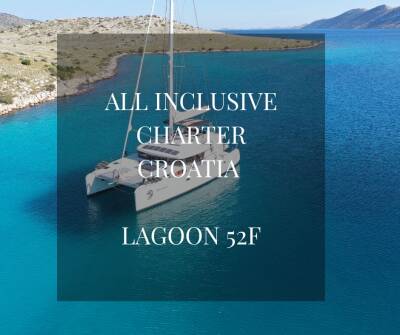

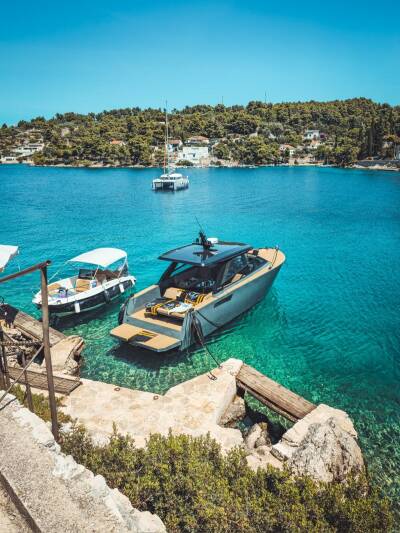
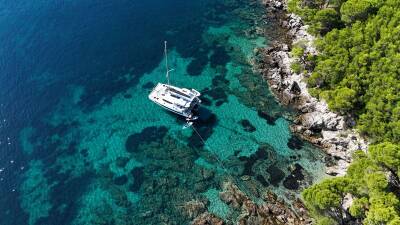

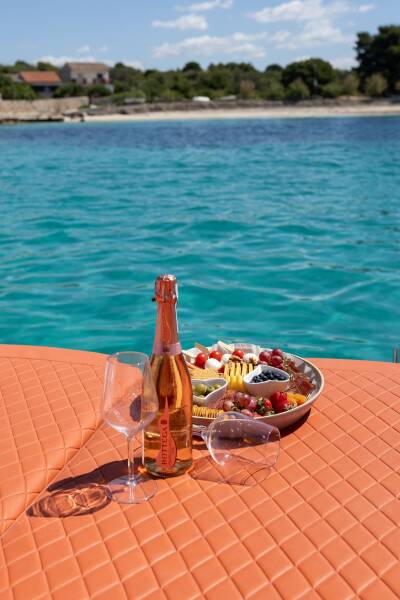
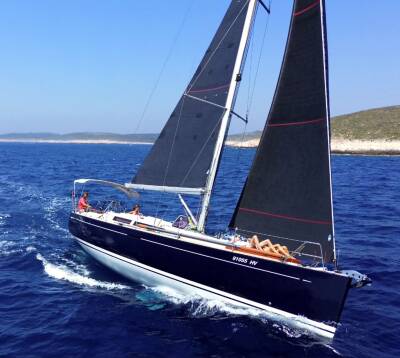
 Give us a call or drop an email, We`ll answer you within 24 hours
Give us a call or drop an email, We`ll answer you within 24 hours